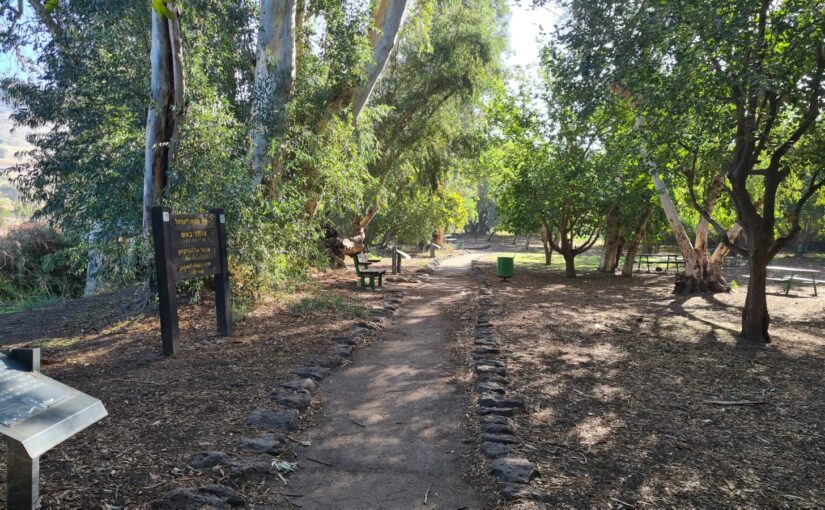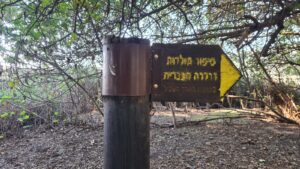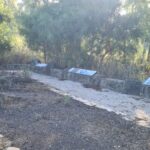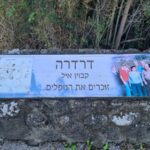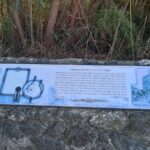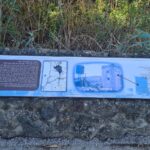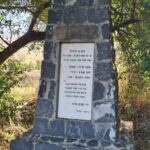Hi,
On the way back from home, where we had Mindal 5th birthday, I stopped at Dardara. It used to be a settlement on the old Israeli-Syrian border (before the Six Day War). Now, it is a nice place to a picnic and a memorial site for the fallen and for the people that used to live here.
As it seeems we are about to be released from reserve duty, at least for certain time, but we still be on high alert if, and when something will happen in the northern borders of Israel.
Hezbollah is keeping northern borders on tension. Bombing with mortar shells, firing anti-tank missiles, launching rockets – but all just underneath the level of war with Lebanon.
The ground maneuver is back on track, after the cease fire had ended. IDF forces are slowly moving south cleaning a piece by piece of land as they do so.
Take Care
Gad
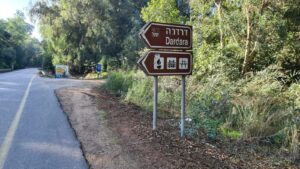 The sign on the road to the site
The sign on the road to the site
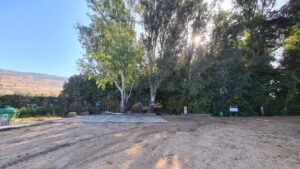 The entrance to the site and the parking lot
The entrance to the site and the parking lot
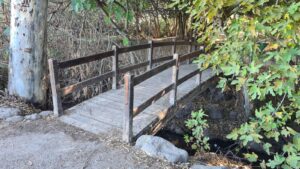 A wooden bridge over what is used to be an agriculture tunnel
A wooden bridge over what is used to be an agriculture tunnel
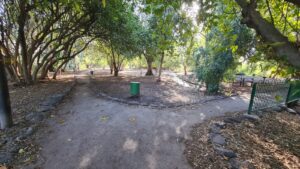 The picnic and the memorial site
The picnic and the memorial site
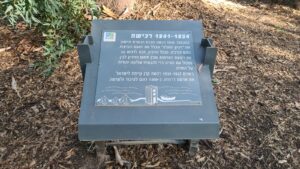 1934-1941 – purchasing
1934-1941 – purchasing
On November 1934
Hachsharat HaYishuv company bought the right to use Hula Lake and the swamps. It also included a piece of land along the east part of the lake against the syrian border. On 1937-1939, KKL bought the lands of Dardara, about 130 Dunam.
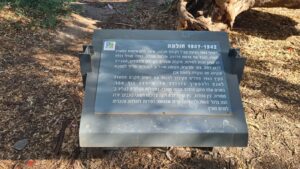 1942-1947 – Hulata
1942-1947 – Hulata
The land that was purchased here was used by Kibbutz Hulata until it moved to its permanent location west of the lake in 1947 (the transportation was done by boats on Lake Hula). Till 1947, the place used for illigal immigration (HaApala)
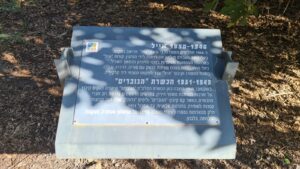 1946-1950 – Eyal
1946-1950 – Eyal
In 1946, the authorities decided Kibbutz Eyal would settle in the place, and in july 1947, Eyal founded the place and held it during the Indenpendence War (the story is told in other signs)
On july 1949, the armistice agreements was signed with Syria. The place was included in the state of Israel, and Kibbutz Eyal moved to its current location near Qalqilya
1949-1951 – HaGovrim
In October 1949, another group of pioneers, HaGovrim, settled here to build a new Kibbutz on the ruins of Old Mishmar HaYarden. The group settled a new Kibbutz (now known as Gadot) and kept the land till April 1951. Part of the land was handed to the Metula settlers, which part of their land was left in Lebanon after the Independence War.
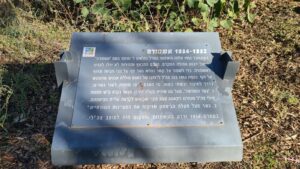 1952-1954 – Ashmora
1952-1954 – Ashmora
In October 1952, a Nahal pioneer group, Ashmora, settled here. As the drainage of Hula Lake progressed, boats could no longer access it, and roads had to be built. The first was a floating bridge on barrels. In autumn 1953, the IDF built stone dike over the lake. The lake water was drained under two bridges: The five bridge over the Jordan tunnel, a bridge over the tunnel that drained the east springs. In March 1954, the settlement was replaced by an IDF post.
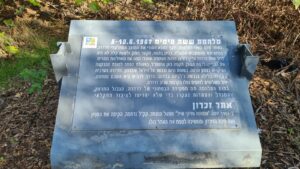 06-10.06.1967 – the Six Day war
06-10.06.1967 – the Six Day war
On the dawn of the second day of war, the post was attacked by the Syrian army, many were hurt, there was no connection, and it was not clear if the post was conquered. Later, a decoy attack was made here to allow the main attack on the north of Golan Heights. 30 soldiers had fallen in the fights around Dardara. At the end of the war, as the border was moved East, the post and watch towers were demolished so as to not interfere with agriculture.
Memorial
In 1997, the veterans of Eyal asked KKL to help and memorize the place and those who had fallen and the site was built.
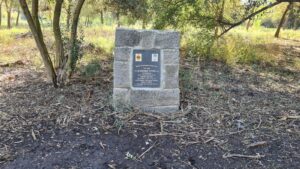 In the memory of Mordechai Koplovitz, who had fallen, on the age of 30, in the second day of the Six Day war.
In the memory of Mordechai Koplovitz, who had fallen, on the age of 30, in the second day of the Six Day war.
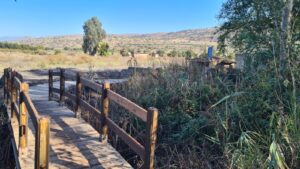 The guarding posts and the bridge to it.
The guarding posts and the bridge to it.
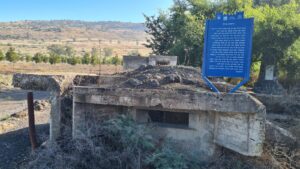 Dardara Eyal
Dardara Eyal
The settlement of Dardara was set on the border between Syria and the Mandatory Israel. As the border prevented access to the Kibbutz from east, the HaHula lake prevented access from the west. On the 16th of July 1948, the Syrian army started bombing the Kibbutz from Golan Heights. With the help of two Messerschmitt planes, an infantry battalion attacked the small Kibbutz of 30 members with an IDF squadron. 3 had fallen, and 15 were wounded. At the end of the war, the area was set as demilitrazed, and the Kibbutz had left the place. A couple of posts were left in the place as a menorial.
The memorial for 3 Kibbutz members who had fallen on the war of Independence

